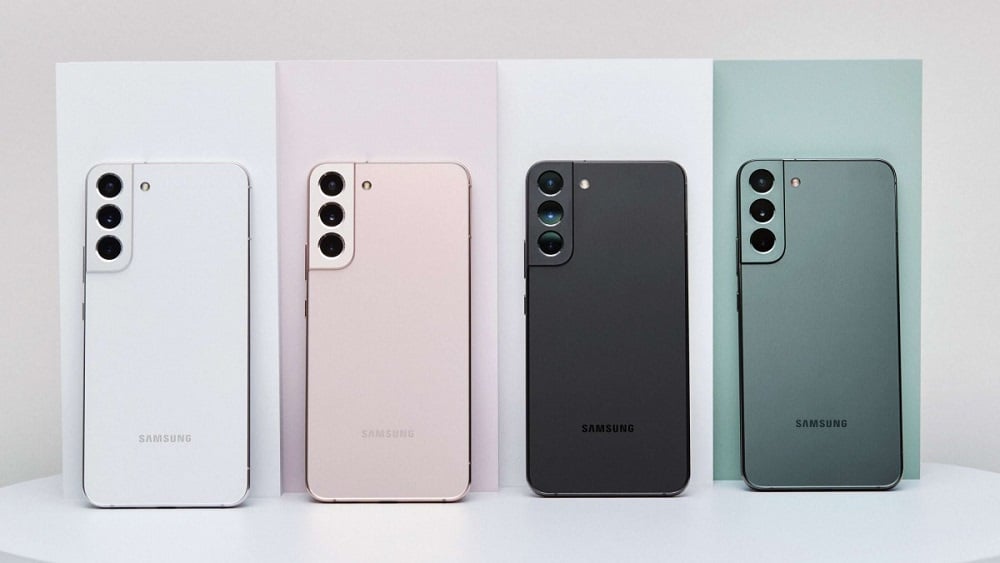Smartphone displays with adjustable refresh rates can run low and sluggish to save electricity while delivering high-quality content such as movies and websites. However, Samsung’s most recent releases, the Galaxy S22 and S22+, are not as fantastic as they were marketed, resulting in a number of issues.
The S22 Ultra’s LTPO display can vary its refresh rate from 120Hz to 1Hz for maximum power efficiency, which is an upgrade over the S21 Ultra’s 10Hz floor.
According to Ross Young, CEO of Display Supply Chain Consultants, the other two handsets in the S21 series are stuck with a higher minimum of 48Hz and do not employ LTPO panels. After it was pointed out, Samsung’s previously quoted 10Hz to 120Hz refresh rate for the two phones was then revised to 48Hz to 120Hz.
Not to say I told you so, but Samsung changed their S22 and S22+ spec sheets from 10Hz – 120Hz to 48Hz – 120Hz. Companies have shown below 48Hz as demo's, but not a commercial product, so it would have been a first. Thanks @DylanVHuynh for the link!https://t.co/xop0Dhw78a pic.twitter.com/AAR4krHmtp
— Ross Young (@DSCCRoss) February 12, 2022
According to Samsung, “the display component of both devices supports between 48 and 120Hz,” and the company selected 10Hz to represent its “exclusive technology that sends data to the display at a lower rate.”
[embedpost slug=”the-samsung-galaxy-a23-has-passed-geekbench-just-as-the-a23-5g-renders-have-leaked/”]





















